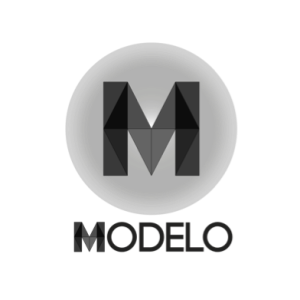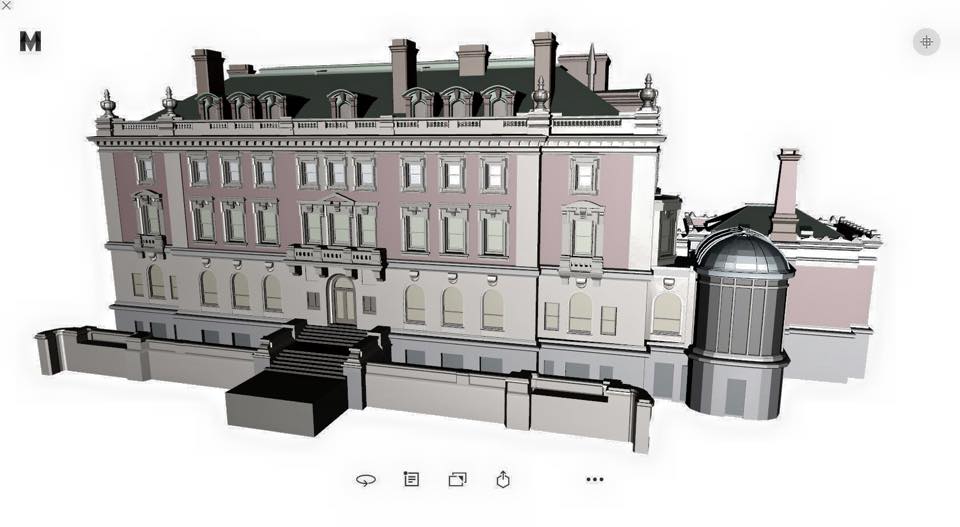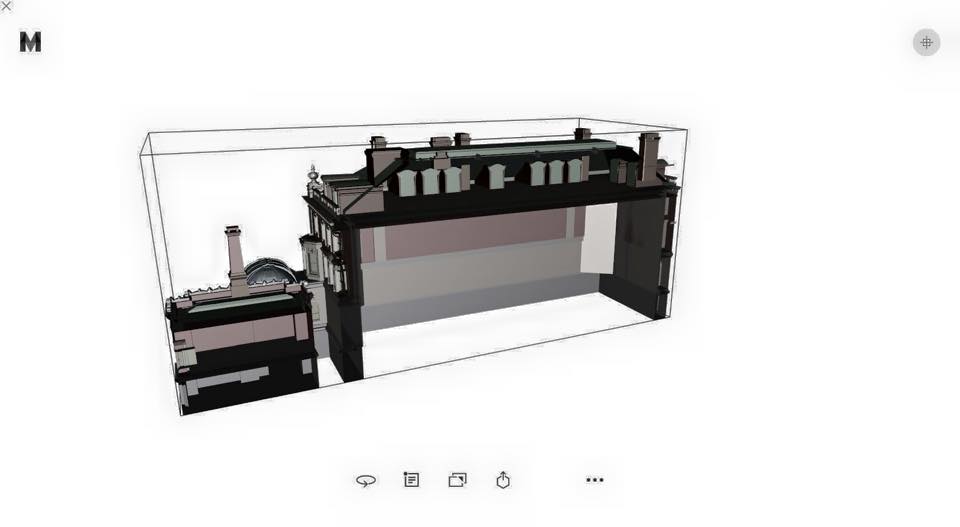 Being a luddite is generally looked down upon by most of the tech and design industry, and it’s pretty easy to see why. The inability for some people to understand exactly what it is that people who use technology do can often be extremely frustrating. It is even more frustrating when the luddite in question is a client and their inability to fully comprehend the technology actively interferes with their understanding of what they are paying for. Communicating with clients like this has caused many a designer, programmer or engineer countless headaches and a well-earned head of gray hair. The lack of understanding often leads to a devaluing of the work being done, and ultimately lost contracts and poor company reviews.
Being a luddite is generally looked down upon by most of the tech and design industry, and it’s pretty easy to see why. The inability for some people to understand exactly what it is that people who use technology do can often be extremely frustrating. It is even more frustrating when the luddite in question is a client and their inability to fully comprehend the technology actively interferes with their understanding of what they are paying for. Communicating with clients like this has caused many a designer, programmer or engineer countless headaches and a well-earned head of gray hair. The lack of understanding often leads to a devaluing of the work being done, and ultimately lost contracts and poor company reviews.
It is easy to lash out at the luddite customer because they are blaming their own faults on other people. But unfortunately for those in the tech and design business, they don’t live in a world where the onus is on their customers to understand what it is that they are doing but on them to communicate what it is that they’re doing to their customers. If architects, web designers and engineers simply stopped working with people who didn’t understand their technology they would not be very successful in their fields. It is this problem that is behind the development of a new Cambridge-based startup called Modelo.
When Harvard educated architect Qi Su was called on to share 3D models at his previous job he would often have to print out two-dimensional renderings of the design from multiple angles in the hopes that it could be understood by his company’s client. This was obviously less than ideal, but there simply aren’t a lot of options for sharing 3D content with companies that don’t regularly use 3D design software. The fact is that unless a company regularly works with 3D assets they probably do not have the capabilities of viewing 3D assets, due to both the cost of CAD software and the lack of training required to use it properly. If the clients couldn’t understand the two-dimensional views of the 3D model their feedback would be flawed and only extend the actual design process and frustrate everyone involved.
Su and his Modelo co-founder Tian Deng found a solution to that obstacle when they launched their browser-based 3D design collaboration tool. Modelo would allow anyone to review and share 3D assets regardless of their understanding of design technology. The Modelo app uses a Javascript API called WebGL that will display virtually any 3D asset in a web browser without the need for additional software. Companies can share 3D models with their clients as easily as they could share a YouTube video, and these days even the biggest luddite client can use a web browser. The app makes collaboration between architects, designers and their clients incredibly simple and virtually painless.
The 3D asset can be embedded into a webpage and allow users to manipulate the model in real time like this:
The Modelo 3D design viewer uses a customized rendering engine and compression algorithms to dramatically reduce the file size of 3D models so they can easily be uploaded to the web and easily viewed. Not only does it have obvious applications for company to client communication, but it is also a simple tool for inter-company collaboration. According to Su, many of the 1,500 users in the private beta that was launched last October were using it to quickly review designs internally, which allowed designers to make changes or alterations faster than previous methods.
The embedded 3D asset is very similar to existing tools like Sketchfab, however Modelo is private and offers a far more robust set of tools to users. The full version will include real time communication tools so feedback between viewers can be instantaneous. It will also offer sketching tools, the ability to cycle through different versions of the design, screen sharing and a fully customizable user interface so only the features that the company wants to offer their clients can be included.
Here is a brief video showing exactly how powerful the Modelo app is:
Early feedback on the Modelo app has been quite positive, and the twelve employee startup has already raised a significant amount of seed funds. The company has pulled in about $1.1 million, some from private partnerships but most of it coming from the Beijing-based startup investment group ZhenFund. The company has officially launched the beta this week, and you can sign up to be included here. Tell us your thoughts on this new tool in the Modelo Launches App for 3D Model Sharing forum over on 3DPB.com.
Subscribe to Our Email Newsletter
Stay up-to-date on all the latest news from the 3D printing industry and receive information and offers from third party vendors.
Print Services
Upload your 3D Models and get them printed quickly and efficiently.
You May Also Like
The Market and Industry Potential of Multi-Material 3D and 4D Printing in Additive Electronics
Additive manufacturing leverages computer-based software to create components for products by depositing either dielectric or conductive materials, layer by layer, into different geometric shapes. Since its birth in the 1980s,...
3DPOD 262: Bio-inspired Design for AM with Dhruv Bhate, Arizona State University
Dhruv Bhate is an associate professor at Arizona State University. There, he looks at structures, materials, and design. Previously, he worked at PADT as well as in the semiconductor and...
3DPOD 261: Tooling and Cooling for AM with Jason Murphy, NXC MFG
Jason Murphy´s NXC MFG (Next Chapter Manufacturing) is not a generalist service; instead, the company specializes in making tooling. Using LPBF and binder jet, the company produces some of the...
3DPOD 260: John Hart on VulcanForms, MIT, Desktop Metal and More
John Hart is a Professor at MIT; he´s also the director of the Laboratory for Manufacturing and Productivity as well as the director of the Center for Advanced Production Technologies....



































